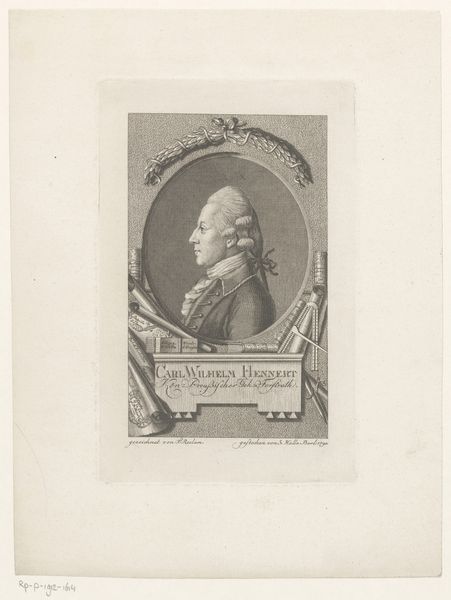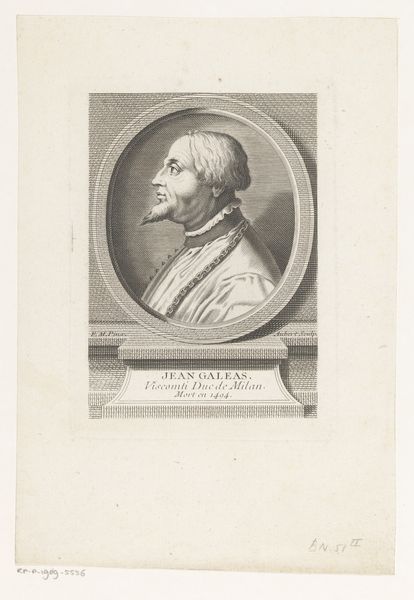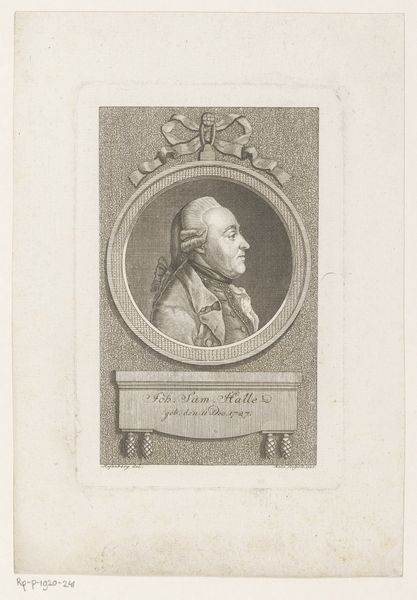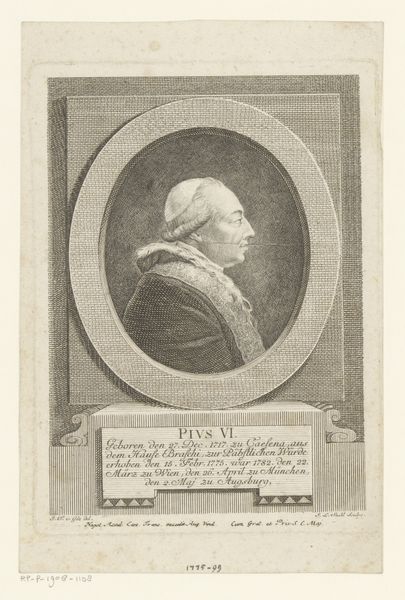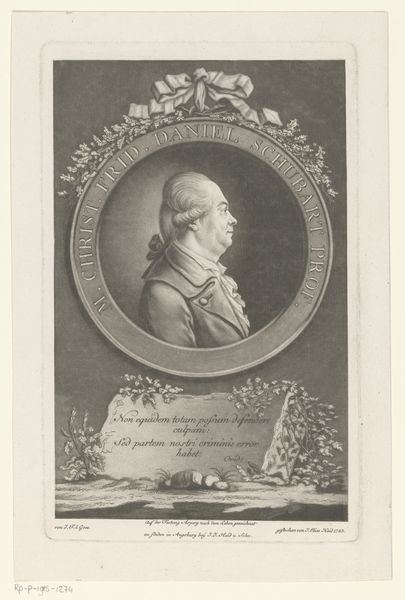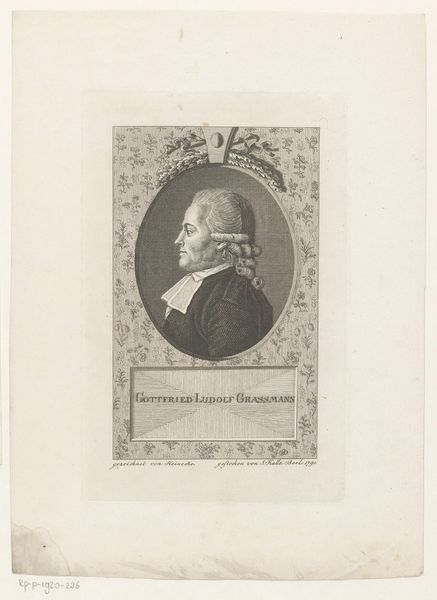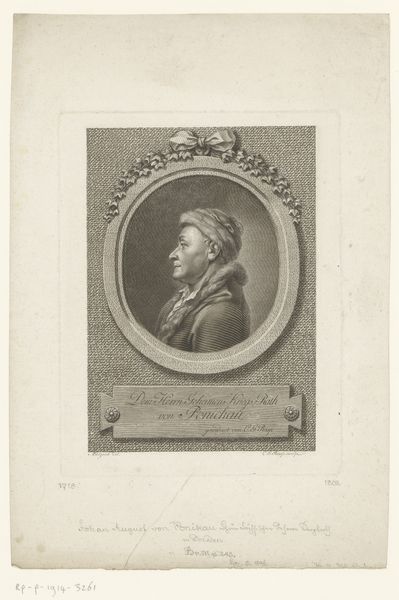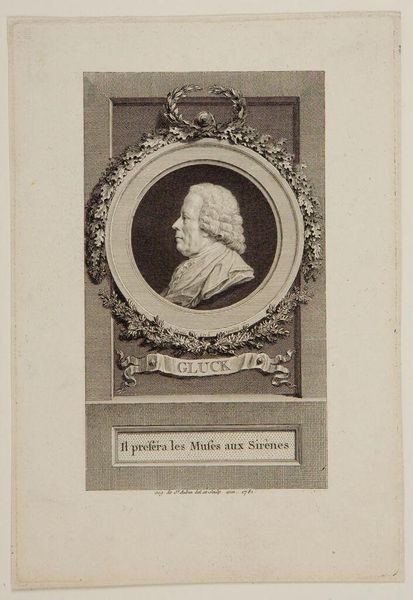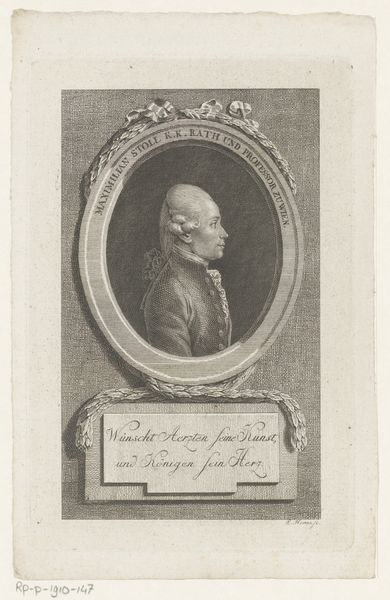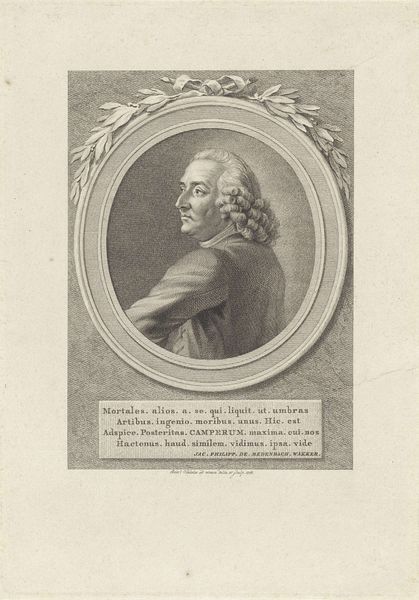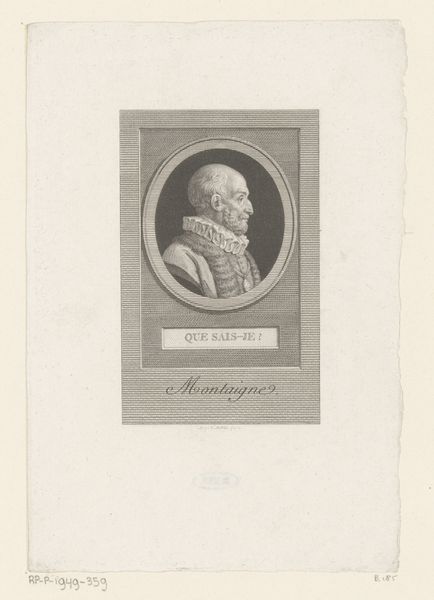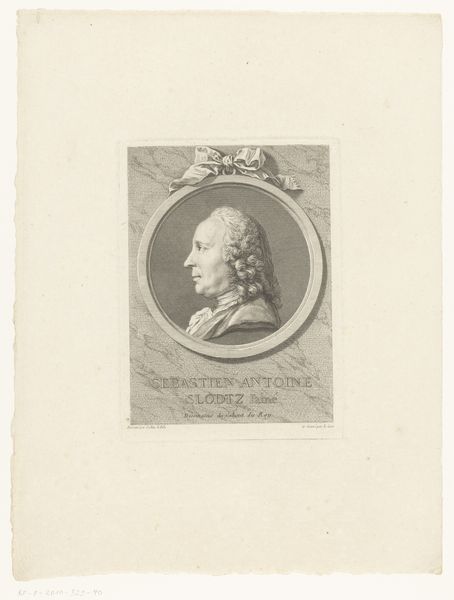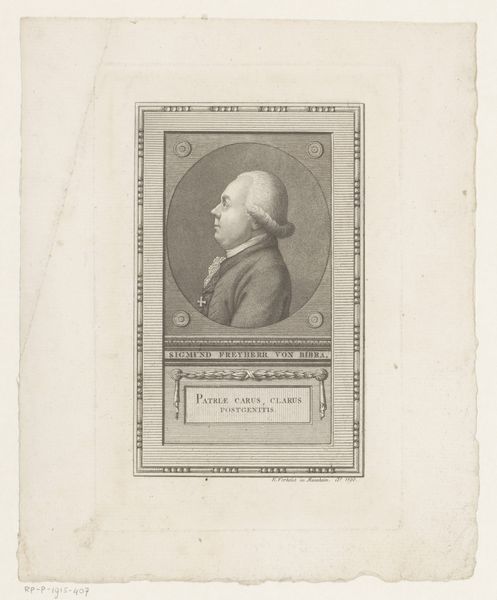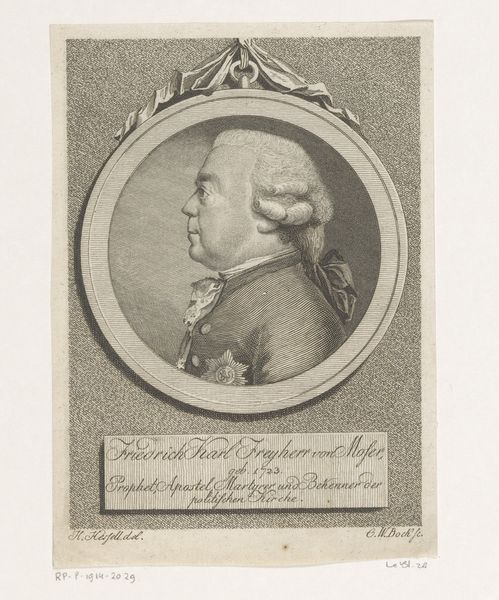
drawing, paper, engraving
#
portrait
#
drawing
#
neoclacissism
#
paper
#
charcoal art
#
19th century
#
line
#
engraving
Dimensions: height 136 mm, width 99 mm
Copyright: Rijks Museum: Open Domain
Curator: Immediately striking, isn’t it? Such an austere depiction, the chiaroscuro lending a certain… seriousness. Editor: Indeed. What we're observing is a portrait of Johannes le Francq van Berkhey. It's a work created in 1787 by Rienk Jelgerhuis, skillfully rendered as an engraving on paper. Curator: Engraving, you say? The density of the blacks and whites—the almost etched quality—lends it a symbolic weight beyond mere likeness. Is this man someone we should recognize, or does this severe portrayal aim to bestow dignity? Editor: Van Berkhey was a physician and natural scientist in Leiden. The image works within a neoclassical style that often served to monumentalize individuals, connecting them to ideas of virtue and intellectual rigor. Think of the Enlightenment values at play here. Curator: The symbolic language is fascinating. The oval frame, the laurel wreath—signs of victory and knowledge. Note the stark profile. We aren’t afforded intimacy, but rather a profile representing a mind at work, the detached observer, almost like a Roman emperor cast in bronze. Editor: Yes, and the technique serves that purpose. The fine lines of the engraving articulate every detail—the slight sag of his cheek, the meticulous wig. Formally, the balance between light and shadow sculpts his face, highlighting the intellect. It’s an efficient design, where the circular portrait contrasts with the rectangular structure that contains a flowing title on a waving ribbon. Curator: What lingers for me is the anonymity juxtaposed with the declaration of identity. Is this an attempt to fix van Berkhey within the flow of history? Does it seek to bestow the virtue that the Revolution sought to create in a world based on rational thinking? Editor: I’m struck by the economy of means, how much expression Jelgerhuis achieves with relatively simple visual language. Curator: For me, it is the carefully arranged signifiers around a very particular historical moment where symbolism acts as the ultimate language. Editor: Yes, both the composition and execution denote not just likeness, but significance.
Comments
No comments
Be the first to comment and join the conversation on the ultimate creative platform.
